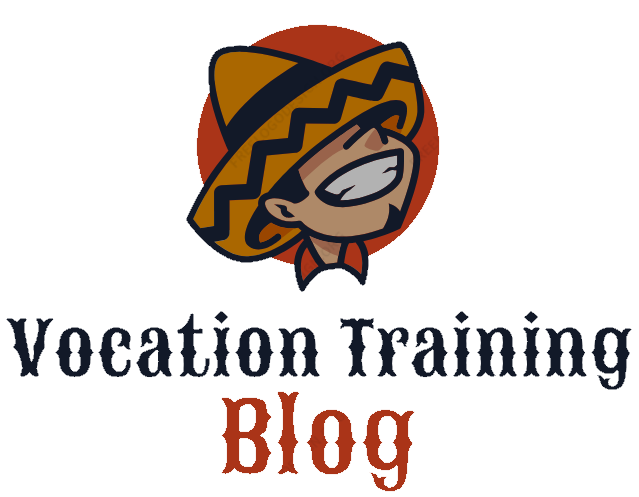Water infrastructure is the backbone of public health, sanitation, and a thriving economy. While much of this infrastructure remains unseen, buried beneath our cities, its integrity is vital. Robust testing protocols are the unsung heroes that ensure this complex network of pipes and valves functions correctly, protecting communities from the drastic consequences of system failures. Within the spectrum of testing practices, pressure-based methods utilizing tools are pivotal. This piece delves into the intricacies of maintaining water infrastructure, emphasizing contemporary testing techniques and their broader implications for the environment and society.
Integrating innovative testing methods is not just about preserving infrastructure; it’s about embracing a culture of prevention and conservation. Forward-thinking strategies in water main testing signal a transition from reactive to proactive management, spotlighting the need for continuous improvement in the methods we trust to gauge the health of vital water systems. Through the lens of hydraulic testing, leak detection, and impact assessment, we will explore the numerous facets that play into the effective stewardship of our water resources.
Key Takeaways
- Understanding the importance of pressure testing in ensuring water central integrity.
- Exploring recent advancements in leak detection techniques and their implications.
- Examining the environmental and economic benefits of efficient water main testing.
- Highlighting the interplay between technology, regulation, and industry standards.
Table of Contents
- Introduction to Water Infrastructure and Testing
- The Significance of Hydraulic Pressure Testing
- Cost-Effectiveness of Proper Water Main Testing
- Regulations and Standards for Water Main Testing
- Types of Water Main Testing Techniques
- Addressing Water Loss and Leak Detection
- The Environmental Impact of Efficient Water Main Testing
- Case Studies: Success Stories of Modern Water Main Testing
- The Future of Water Infrastructure Testing
Introduction to Water Infrastructure and Testing
Modern civilization is underpinned by several vital infrastructures, and water supply systems rank among the most critical. While providing clean and safe water appears straightforward to the end consumer, the journey water takes through an intricate network of underground pipelines is fraught with potential issues. Testing these pipelines ensures they remain hidden yet functional. Water main tests are designed to mitigate risks and extend the lifespan of this silent infrastructure, which is the primary medium for water conveyance. Adopting comprehensive testing regimens is not a luxury but necessary for municipal water systems aspiring to achieve longevity and resilience.
The Significance of Hydraulic Pressure Testing
At the forefront of water primary integrity assessments is hydraulic pressure testing, a method valued for directly measuring a pipeline’s strength and leak resistance. A hydrostatic test pump is the quintessential tool in this process, pressurizing the water central to a specified level and holding the pressure to check for stability. Should a weakness exist, it becomes detectable before it can escalate into a full-blown calamity. Hydraulic testing is thus symbolic of proactive maintenance, preempting potentially disastrous pipeline failures that can disrupt water supply and result in significant property damage.
Cost-Effectiveness of Proper Water Main Testing
Financial constraints often influence the adoption of new technologies, yet when scrutinized, the fiscal argument for improved testing methods is compelling. A glaring difference becomes evident when regular, practical testing is compared to the expenses of emergency repairs and extensive leak damages. Proper testing practices bolster preventive maintenance programs, which are significantly more cost-effective in the long run. Analyses elucidate how deploying advanced testing equipment can pay off over time, citing reduced emergency response costs, less downtime, and fewer large-scale infrastructural repairs. This economic wisdom emphasizes the value of precision diagnostics in water infrastructure management.
Regulations and Standards for Water Main Testing
Navigating the mosaic of regulations governing water main testing is essential for utilities seeking to ensure compliance and align with industry best practices. Internationally recognized standards offer guidelines meant to safeguard public health and the environment. Requisite protocols for testing in different scenarios, whether new construction, repairs, or routine checks, are detailed within these standards, effectively standardizing the methodologies and expectations across regions. The adherence to these standards is a testament to a utility’s commitment to excellence and operational integrity.
Types of Water Main Testing Techniques
Testing water mains demands a versatile approach; there is no one-size-fits-all solution. The available techniques span simple visual assessments, pressure gauges, and more sophisticated methods involving acoustics and tracer gases. Each technique serves unique objectives, addressing different aspects of pipeline integrity. Traditional methods rely heavily on operator expertise and can be labor-intensive. However, the shortcomings of these approaches, such as the potential for human error or their limited detection range, have paved the way for developing more reliable and comprehensive testing technologies.
Addressing Water Loss and Leak Detection
Water loss through leaks in distribution systems is a chronic issue utilities face worldwide. A silent problem can drain resources and finances if not addressed in time. Early leak detection is crucial in curtailing these losses, and recent methodologies employ various sophisticated technologies, including ground-penetrating radar, infrared imaging, and noise loggers, to pinpoint leaks with higher accuracy. By strategically placing these detection systems, damage can be minimized, and water, a resource growing increasingly scarce every year, can be preserved.
The Environmental Impact of Efficient Water Main Testing
Eco-friendly practices in water infrastructure are not optional indulgences but essential adaptations to the ongoing climate crisis. Efficient water main testing directly contributes to the sustainability goals by minimizing system leaks and the consequent depletion of treated water. In addition to conserving water, precision leak detection and repair reduce the energy and chemicals used in water treatment and distribution processes. Furthermore, timely leak repair lessens the risk of soil and groundwater contamination, facilitating the preservation of local ecosystems.
Case Studies: Success Stories of Modern Water Main Testing
Across the globe, numerous utility companies have transformed their maintenance strategies through innovative testing techniques. Case studies illustrate the positive outcome of adopting modern leak detection tools. These success stories are not mere anecdotes but blueprints for how utilities can elevate their operations, demonstrating the value of investing in new technologies to augment traditional testing protocols. The quantifiable results in water conservation, financial savings, and improved service reliability reinforce the case for systemic change.
The Future of Water Infrastructure Testing
The water infrastructure industry is poised for a technological renaissance, with researchers and technologists developing tools and methods that could redefine testing practices. Smart sensors that continuously monitor pressure and flow, machine learning algorithms capable of predictive maintenance, and drones for remote inspections are all part of the transformative landscape. The integration of such tools will likely engender a new era of efficiency and effectiveness in water main testing, resulting in resilient infrastructure capable of meeting the needs of future generations.







